在ios开发中,开发者模式(developer mode)允许开发者访问设备的底层功能和系统资源。其中,hud(heads-up display)是一种常见的显示技术,用于提供重要的系统信息,如电池电量、时间、网络状态等。要显示hud图形,你需要使用`UIView`或`CALayer`来创建一个简单的hud层,并将其添加到你的应用窗口或容器中。以下是一个简单的示例:
首先,创建一个名为`HUDView.swift`的文件,然后在文件中定义一个类,继承自`UIView`:
```swift
import UIKit
class HUDView: UIView {
override init(frame: CGRect) {
super.init(frame: frame)
setupHUD()
}
required init?(coder aDecoder: NSCoder) {
super.init(coder: aDecoder)
setupHUD()
}
private func setupHUD() {
// 设置HUD的背景颜色为白色
self.backgroundColor = .white
// 设置HUD的透明度为0.5
self.alpha = 0.5
// 设置HUD的大小和位置
self.frame = CGRect(x: 0, y: 0, width: self.bounds.width, height: self.bounds.height)
self.center = self.bounds.midX
}

}
```
接下来,在你的主界面文件(如`AppDelegate.swift`)中,将`HUDView`添加到你的应用窗口中:
```swift
import UIKit
@UIApplicationMain
class AppDelegate: UNUserNotificationCenterDelegate {
var window: UIWindow?
lazy var rootViewController = UINavigationController()
override func applicationDidFinishLaunching(_ launch: Bool) {
window = UIWindow(frame: UIScreen.main.bounds)
let hudView = HUDView()
window?.addSubview(hudView)
rootViewController.view = hudView
}
func userNotificationCenter(_ center: UNUserNotificationCenter, willPresent notification: UNNotification, withCompletionHandler completionHandler: @escaping (UNNotificationPresentationOptions) -> Void) {
completionHandler([.alert, .badge, .sound])
}
}
```
现在,当你运行应用时,你将看到一个简单的hud层显示在屏幕中央。你可以根据需要调整hud的大小、位置和透明度,以及添加其他hud组件,如文本、图标等。





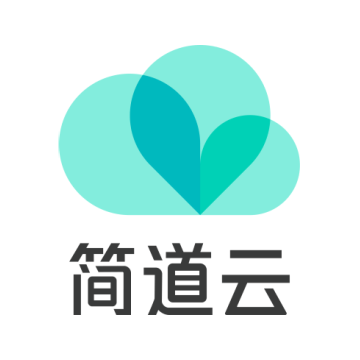
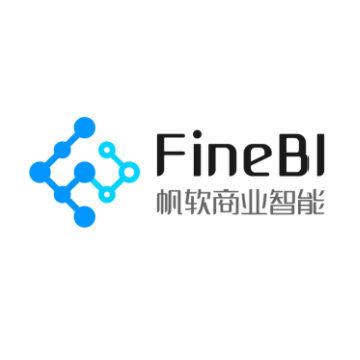

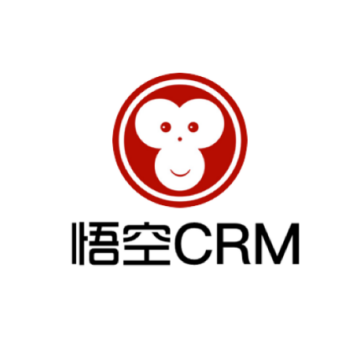
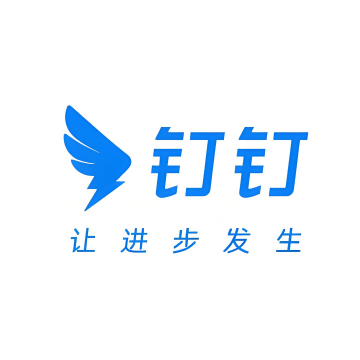
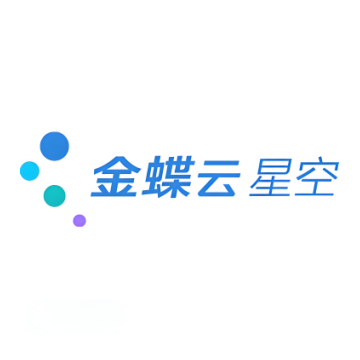
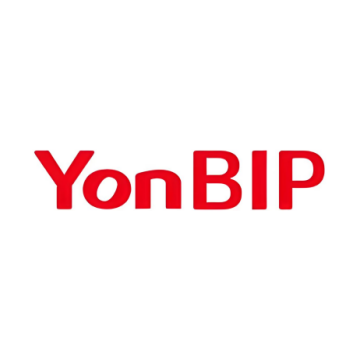





 川公网安备51015602000223号
川公网安备51015602000223号